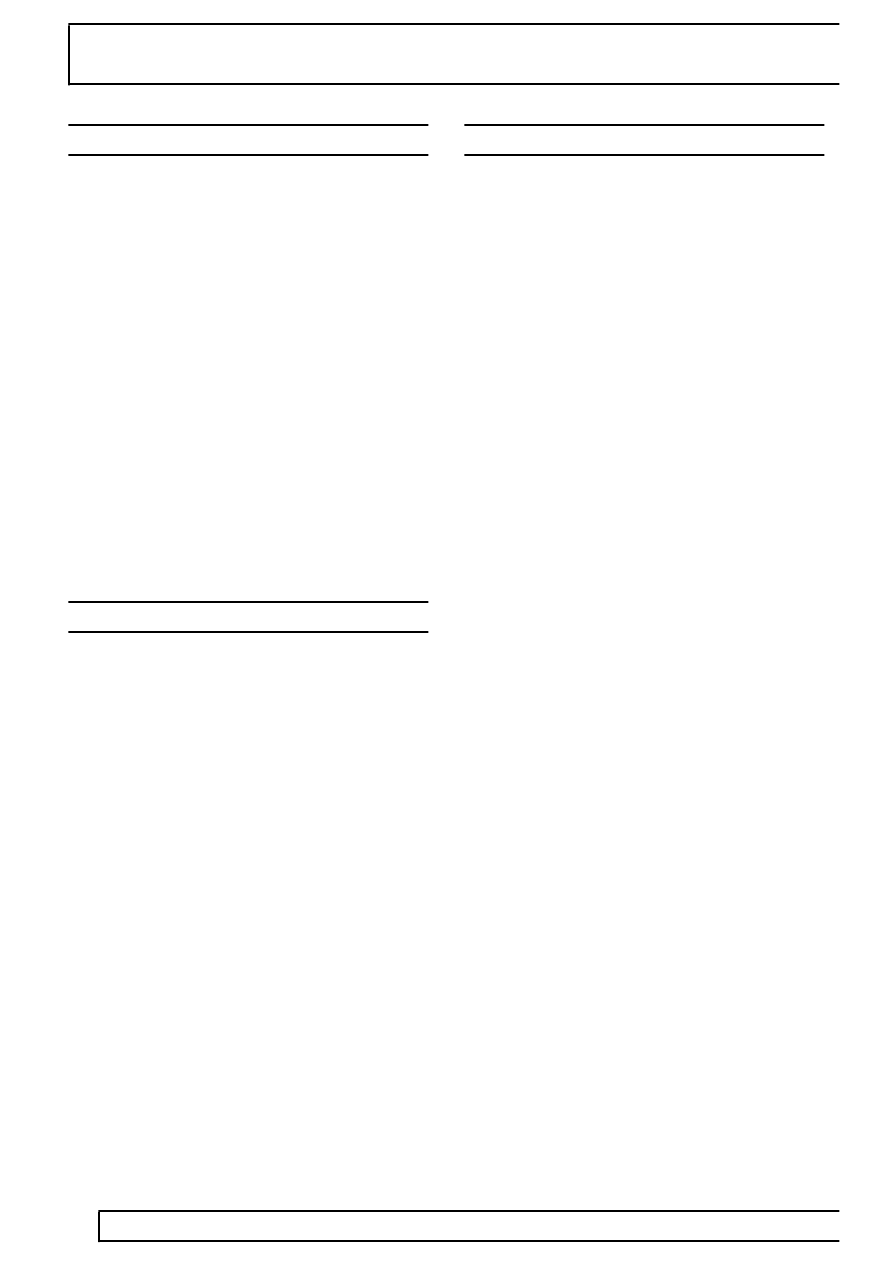300Tdi Defender

07
GENERAL FITTING REMINDERS
2
INFORMATION
PREPARATION
1. Clean components and surrounding area prior to
removal.
2. Blank off any openings exposed by component
removal using greaseproof paper and masking
tape.
3. Immediately seal fuel, oil or hydraulic lines when
separated, using plastic caps or plugs, to
prevent loss of fluid and entry of dirt.
4. Close open ends of oilways, exposed by
component removal, with tapered hardwood
plugs or readily visible plastic plugs.
5. Immediately a component is removed, place it in
a suitable container; use a separate container for
each component and its associated parts.
6. Before dismantling a component, clean it
thoroughly with a recommended cleaning agent;
check that agent is suitable for all materials of
component.
7. Clean bench and provide marking materials,
labels, containers and locking wire before
dismantling a component.
DISMANTLING
1. Observe scrupulous cleanliness when
dismantling components, particularly when
brake, fuel or hydraulic system parts are being
worked on. A particle of dirt or a cloth fragment
could cause a dangerous malfunction if trapped
in these systems.
2. Blow out all tapped holes, crevices, oilways and
fluid passages with an air line. Ensure that any
O-rings used for sealing are correctly replaced or
renewed, if disturbed.
3. Use marking ink to identify mating parts, to
ensure correct reassembly. If a centre punch or
scriber is used they may initiate cracks or
distortion of components.
4. Wire together mating parts where necessary to
prevent accidental interchange (e.g. roller
bearing components).
5. Wire labels on to all parts which are to be
renewed, and to parts requiring further
inspection before being passed for reassembly;
place these parts in separate containers from
those containing parts for rebuild.
6. Do not discard a part due for renewal until it has
been compared with the new part, to ensure that
its correct replacement has been obtained.
INSPECTION-GENERAL
1. Never inspect a component for wear or
dimensional check unless it is absolutely clean;
a slight smear of grease can conceal an incipient
failure.
2. When a component is to be checked
dimensionally against figures quoted for it, use
correct equipment (surface plates, micrometers,
dial gauges, etc.) in serviceable condition.
Makeshift checking equipment can be
dangerous.
3. Reject a component if its dimensions are outside
limits quoted, or if damage is apparent. A part
may, however, be refitted if its critical dimension
is exactly limit size, and is otherwise satisfactory.
4. Use ’Plastigauge’ 12 Type PG-1 for checking
bearing surface clearances. Directions for its
use, and a scale giving bearing clearances in
0,0025 mm steps are provided with it.
